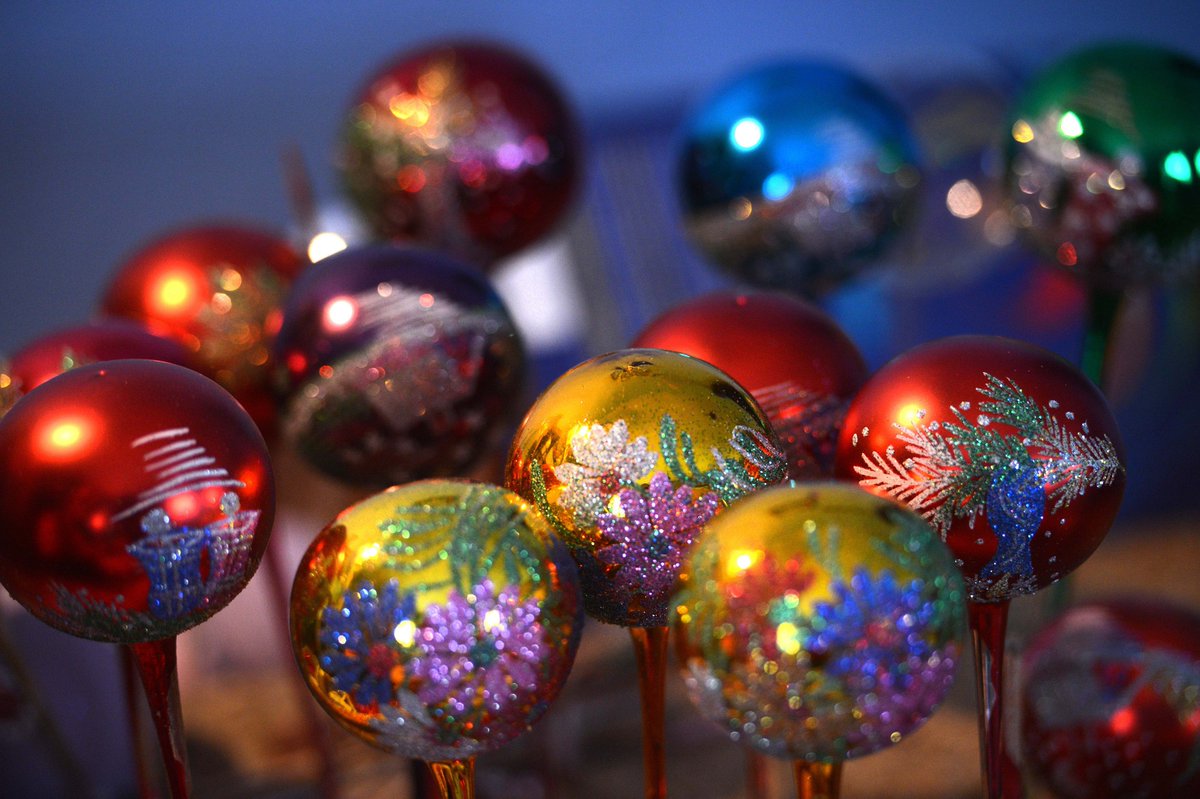This year, retailers have declared war on an unlikely enemy: glitter.
The sparkly bits of plastic are being removed from gift bags, ornaments and other holiday baubles. But is a ban on glitter really going to save the environment? https://trib.al/ChQA7jJ ">https://trib.al/ChQA7jJ&q...
The sparkly bits of plastic are being removed from gift bags, ornaments and other holiday baubles. But is a ban on glitter really going to save the environment? https://trib.al/ChQA7jJ ">https://trib.al/ChQA7jJ&q...
It& #39;s not a crazy idea. Tiny pieces of plastic are indeed a threat to the environment, and retailers can make a difference in reducing them.
But doing so will require far more than banning a holiday staple http://trib.al/ChQA7jJ ">https://trib.al/ChQA7jJ&q...
But doing so will require far more than banning a holiday staple http://trib.al/ChQA7jJ ">https://trib.al/ChQA7jJ&q...
Plastic pollution, especially in the ocean, is typically associated with single-use items such as bags and straws.
But in recent years, scientists have also focused on the profusion of microplastics, which are about the size of a sesame seed or less http://trib.al/ChQA7jJ ">https://trib.al/ChQA7jJ&q...
But in recent years, scientists have also focused on the profusion of microplastics, which are about the size of a sesame seed or less http://trib.al/ChQA7jJ ">https://trib.al/ChQA7jJ&q...
Some microplastics are generated by the breakdown of larger products.
But a significant percentage are “primary microplastics,” such as synthetic clothing fibers, worn tire treads, and the microbeads used in products like toothpaste and body scrubs http://trib.al/ChQA7jJ ">https://trib.al/ChQA7jJ&q...
But a significant percentage are “primary microplastics,” such as synthetic clothing fibers, worn tire treads, and the microbeads used in products like toothpaste and body scrubs http://trib.al/ChQA7jJ ">https://trib.al/ChQA7jJ&q...
Humans release 1.5 million tons of primary microplastics into the ocean annually, a sum equivalent to one disgorged plastic bag for every person each week.
They make up as much as 31% of all ocean plastic, and turn up all over the marine environment http://trib.al/ChQA7jJ ">https://trib.al/ChQA7jJ&q...
They make up as much as 31% of all ocean plastic, and turn up all over the marine environment http://trib.al/ChQA7jJ ">https://trib.al/ChQA7jJ&q...
Just 2% of such plastics are derived from microbeads.
The leading source — at 35% — turned out to be clothes made from synthetic textiles (such as holiday-themed polar fleece pullovers. Glitter didn’t even make the list http://trib.al/ChQA7jJ ">https://trib.al/ChQA7jJ&q...
The leading source — at 35% — turned out to be clothes made from synthetic textiles (such as holiday-themed polar fleece pullovers. Glitter didn’t even make the list http://trib.al/ChQA7jJ ">https://trib.al/ChQA7jJ&q...
Yet somehow, glitter is now a pop-culture pariah:
 https://abs.twimg.com/emoji/v2/... draggable="false" alt="🧸" title="Teddy bear" aria-label="Emoji: Teddy bear">Daycares stopped carrying the substance
https://abs.twimg.com/emoji/v2/... draggable="false" alt="🧸" title="Teddy bear" aria-label="Emoji: Teddy bear">Daycares stopped carrying the substance
 https://abs.twimg.com/emoji/v2/... draggable="false" alt="🎭" title="Darstellende Künste" aria-label="Emoji: Darstellende Künste">TV shows eliminated glitter from costumes
https://abs.twimg.com/emoji/v2/... draggable="false" alt="🎭" title="Darstellende Künste" aria-label="Emoji: Darstellende Künste">TV shows eliminated glitter from costumes
 https://abs.twimg.com/emoji/v2/... draggable="false" alt="🚫" title=""Betreten verboten!"-Zeichen" aria-label="Emoji: "Betreten verboten!"-Zeichen">Retailers ban glitter from products
https://abs.twimg.com/emoji/v2/... draggable="false" alt="🚫" title=""Betreten verboten!"-Zeichen" aria-label="Emoji: "Betreten verboten!"-Zeichen">Retailers ban glitter from products
These efforts won& #39;t do much to reduce marine plastics http://trib.al/ChQA7jJ ">https://trib.al/ChQA7jJ&q...
These efforts won& #39;t do much to reduce marine plastics http://trib.al/ChQA7jJ ">https://trib.al/ChQA7jJ&q...
Glitter bans offer retailers a way to burnish their environmental bona fides without having to alter how they operate.
Morrisons adopted its anti-glitter stance so customers enjoy the holidays “without worrying about the environmental impact” http://trib.al/ChQA7jJ ">https://trib.al/ChQA7jJ&q...
Morrisons adopted its anti-glitter stance so customers enjoy the holidays “without worrying about the environmental impact” http://trib.al/ChQA7jJ ">https://trib.al/ChQA7jJ&q...
Shoppers are unlikely to be fooled by such rhetoric for long.
As anti-plastic sentiment grows globally, consumers are already demanding sustainable products and shopping experiences http://trib.al/ChQA7jJ ">https://trib.al/ChQA7jJ&q...
As anti-plastic sentiment grows globally, consumers are already demanding sustainable products and shopping experiences http://trib.al/ChQA7jJ ">https://trib.al/ChQA7jJ&q...
The good news is that leading brands have acknowledged that their synthetic garments are a major source of plastic microfiber pollution:
 https://abs.twimg.com/emoji/v2/... draggable="false" alt="🧥" title="Mantel" aria-label="Emoji: Mantel">Patagonia
https://abs.twimg.com/emoji/v2/... draggable="false" alt="🧥" title="Mantel" aria-label="Emoji: Mantel">Patagonia
 https://abs.twimg.com/emoji/v2/... draggable="false" alt="👟" title="Sportschuh" aria-label="Emoji: Sportschuh">Adidas
https://abs.twimg.com/emoji/v2/... draggable="false" alt="👟" title="Sportschuh" aria-label="Emoji: Sportschuh">Adidas
 https://abs.twimg.com/emoji/v2/... draggable="false" alt="👗" title="Kleid" aria-label="Emoji: Kleid">H&M
https://abs.twimg.com/emoji/v2/... draggable="false" alt="👗" title="Kleid" aria-label="Emoji: Kleid">H&M
Retailers could play an important role in amplifying that message http://trib.al/ChQA7jJ ">https://trib.al/ChQA7jJ&q...
Retailers could play an important role in amplifying that message http://trib.al/ChQA7jJ ">https://trib.al/ChQA7jJ&q...
Long-term, these efforts should pressure manufacturers into creating more sustainable products.
That won& #39;t bring back the once-beloved holiday glitter. But it& #39;ll ensure that retailers aren& #39;t just faking it when they say they& #39;re going green http://trib.al/ChQA7jJ ">https://trib.al/ChQA7jJ&q...
That won& #39;t bring back the once-beloved holiday glitter. But it& #39;ll ensure that retailers aren& #39;t just faking it when they say they& #39;re going green http://trib.al/ChQA7jJ ">https://trib.al/ChQA7jJ&q...

 Read on Twitter
Read on Twitter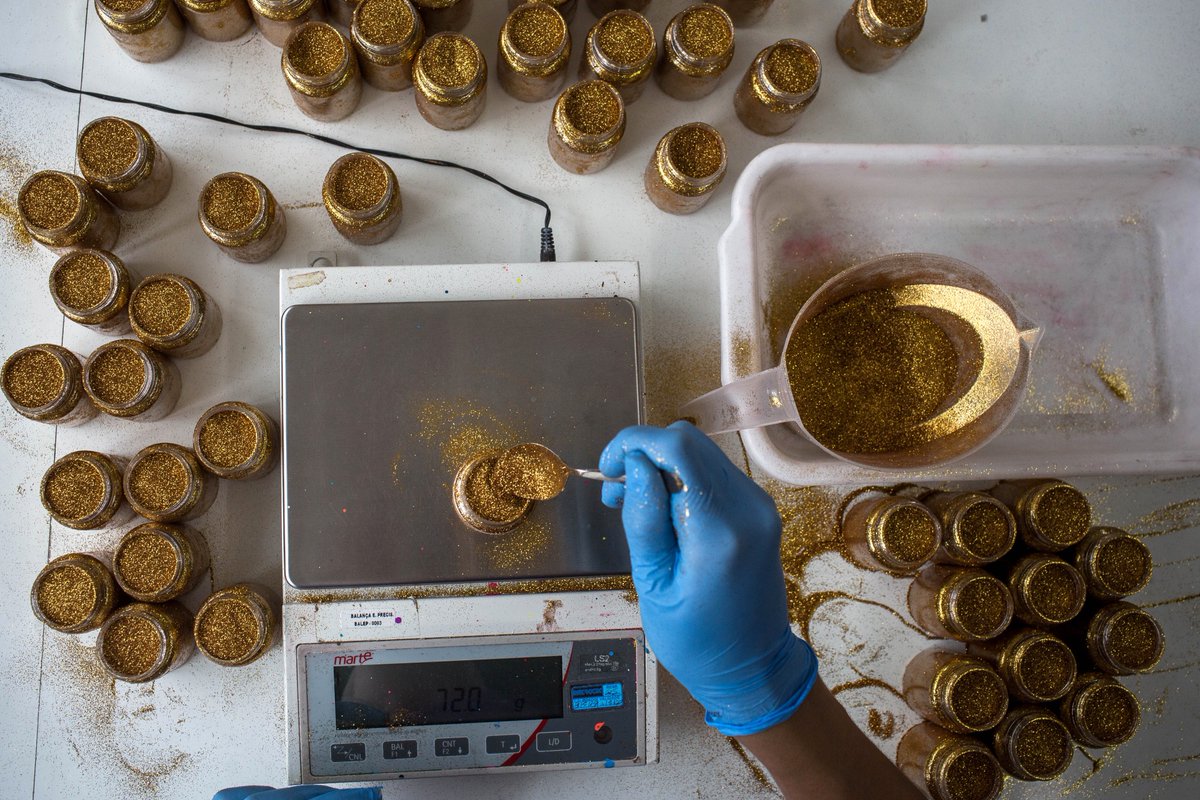
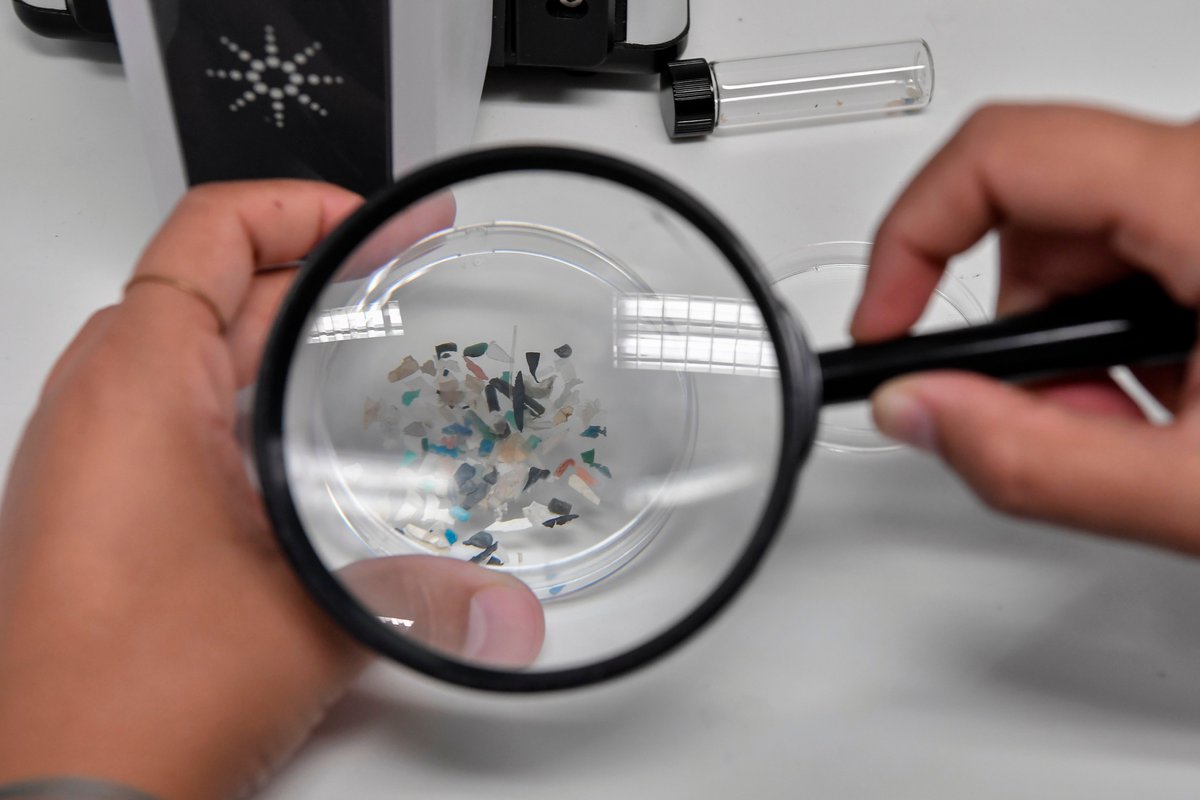

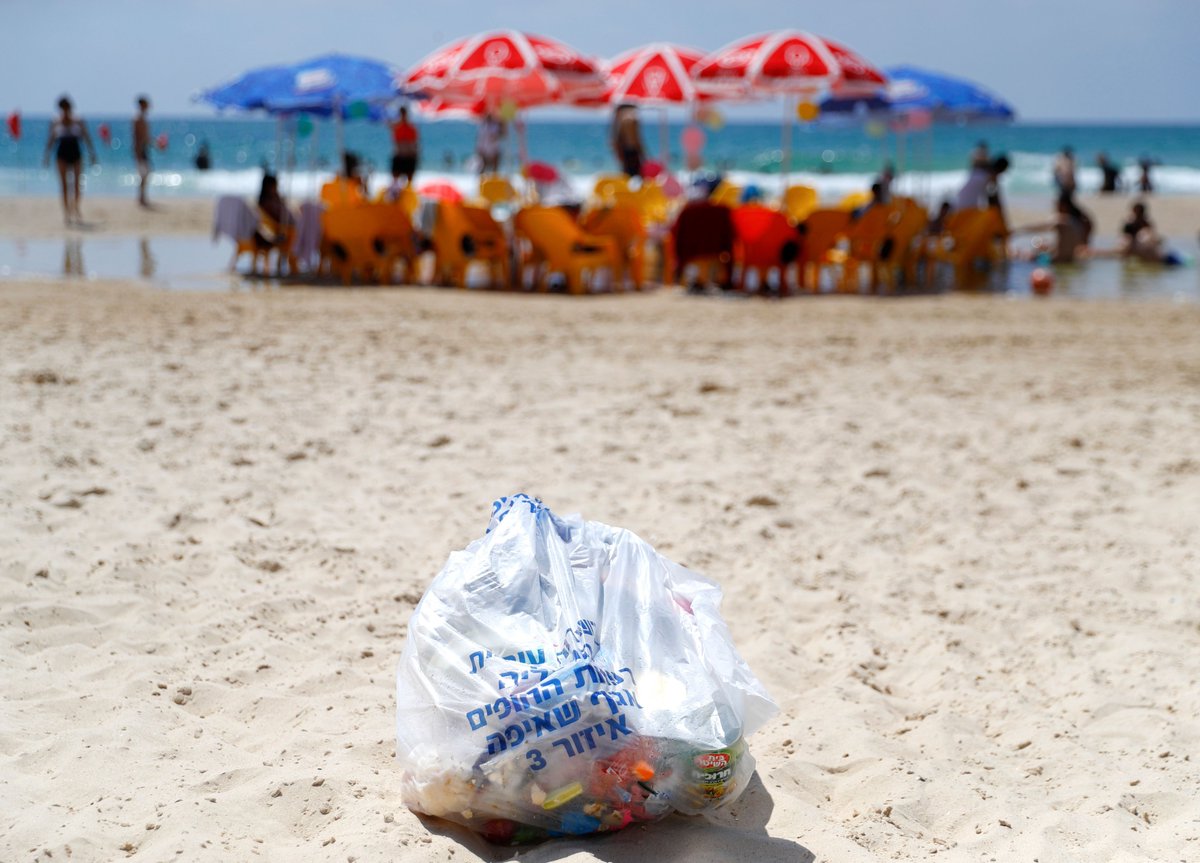
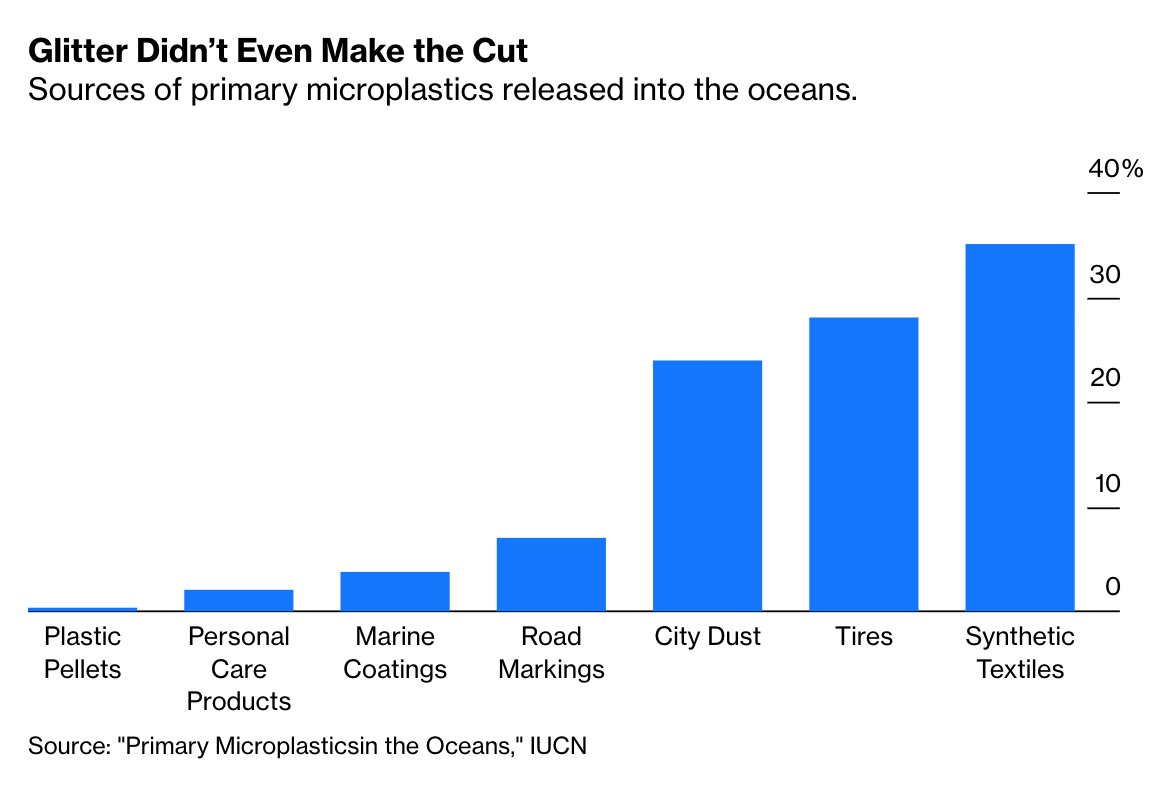
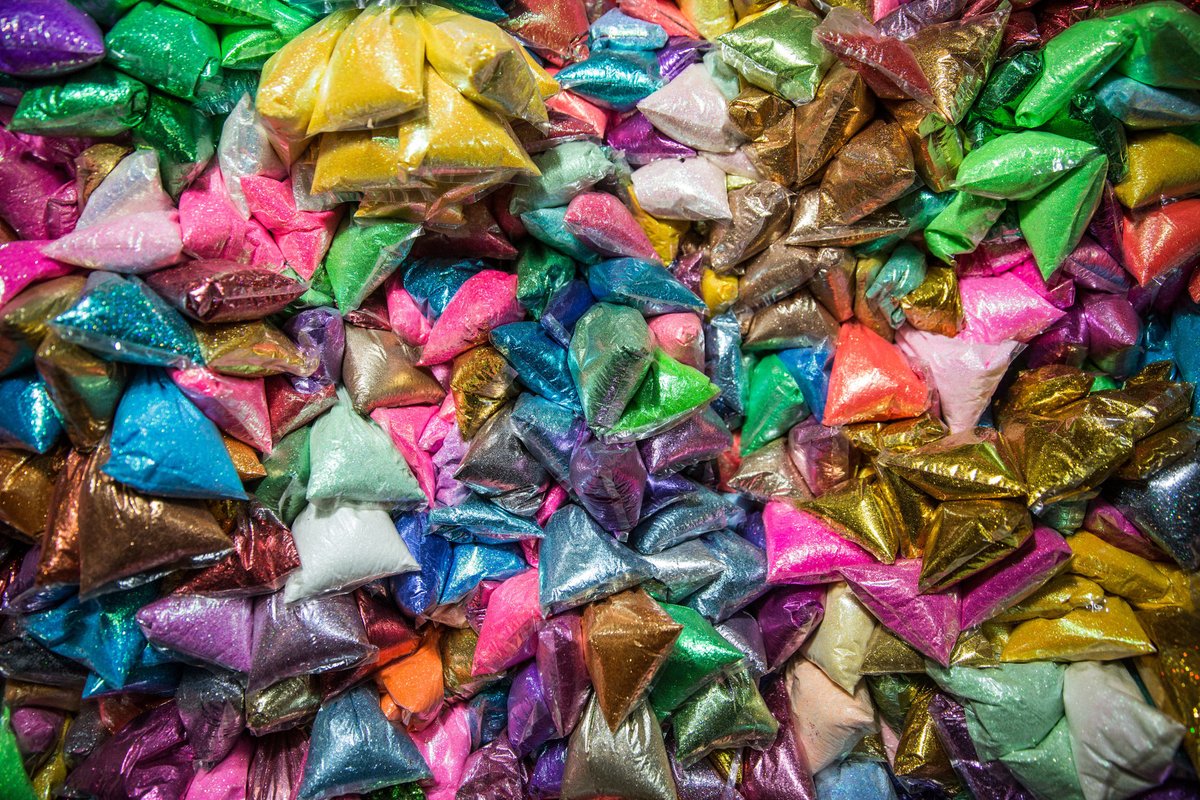 Daycares stopped carrying the substancehttps://abs.twimg.com/emoji/v2/... draggable="false" alt="🎭" title="Darstellende Künste" aria-label="Emoji: Darstellende Künste">TV shows eliminated glitter from costumeshttps://abs.twimg.com/emoji/v2/... draggable="false" alt="🚫" title=""Betreten verboten!"-Zeichen" aria-label="Emoji: "Betreten verboten!"-Zeichen">Retailers ban glitter from productsThese efforts won& #39;t do much to reduce marine plastics https://trib.al/ChQA7jJ&q..." title="Yet somehow, glitter is now a pop-culture pariah:https://abs.twimg.com/emoji/v2/... draggable="false" alt="🧸" title="Teddy bear" aria-label="Emoji: Teddy bear">Daycares stopped carrying the substancehttps://abs.twimg.com/emoji/v2/... draggable="false" alt="🎭" title="Darstellende Künste" aria-label="Emoji: Darstellende Künste">TV shows eliminated glitter from costumeshttps://abs.twimg.com/emoji/v2/... draggable="false" alt="🚫" title=""Betreten verboten!"-Zeichen" aria-label="Emoji: "Betreten verboten!"-Zeichen">Retailers ban glitter from productsThese efforts won& #39;t do much to reduce marine plastics https://trib.al/ChQA7jJ&q..." class="img-responsive" style="max-width:100%;"/>
Daycares stopped carrying the substancehttps://abs.twimg.com/emoji/v2/... draggable="false" alt="🎭" title="Darstellende Künste" aria-label="Emoji: Darstellende Künste">TV shows eliminated glitter from costumeshttps://abs.twimg.com/emoji/v2/... draggable="false" alt="🚫" title=""Betreten verboten!"-Zeichen" aria-label="Emoji: "Betreten verboten!"-Zeichen">Retailers ban glitter from productsThese efforts won& #39;t do much to reduce marine plastics https://trib.al/ChQA7jJ&q..." title="Yet somehow, glitter is now a pop-culture pariah:https://abs.twimg.com/emoji/v2/... draggable="false" alt="🧸" title="Teddy bear" aria-label="Emoji: Teddy bear">Daycares stopped carrying the substancehttps://abs.twimg.com/emoji/v2/... draggable="false" alt="🎭" title="Darstellende Künste" aria-label="Emoji: Darstellende Künste">TV shows eliminated glitter from costumeshttps://abs.twimg.com/emoji/v2/... draggable="false" alt="🚫" title=""Betreten verboten!"-Zeichen" aria-label="Emoji: "Betreten verboten!"-Zeichen">Retailers ban glitter from productsThese efforts won& #39;t do much to reduce marine plastics https://trib.al/ChQA7jJ&q..." class="img-responsive" style="max-width:100%;"/>
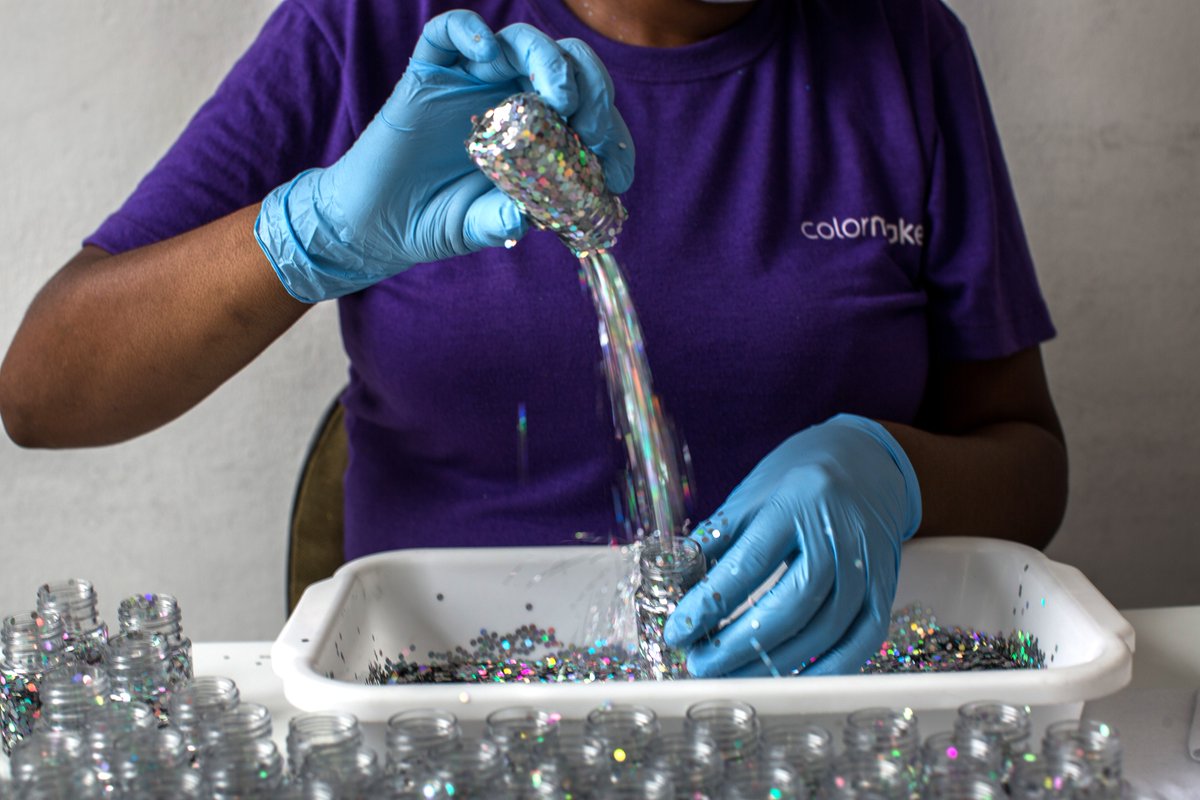
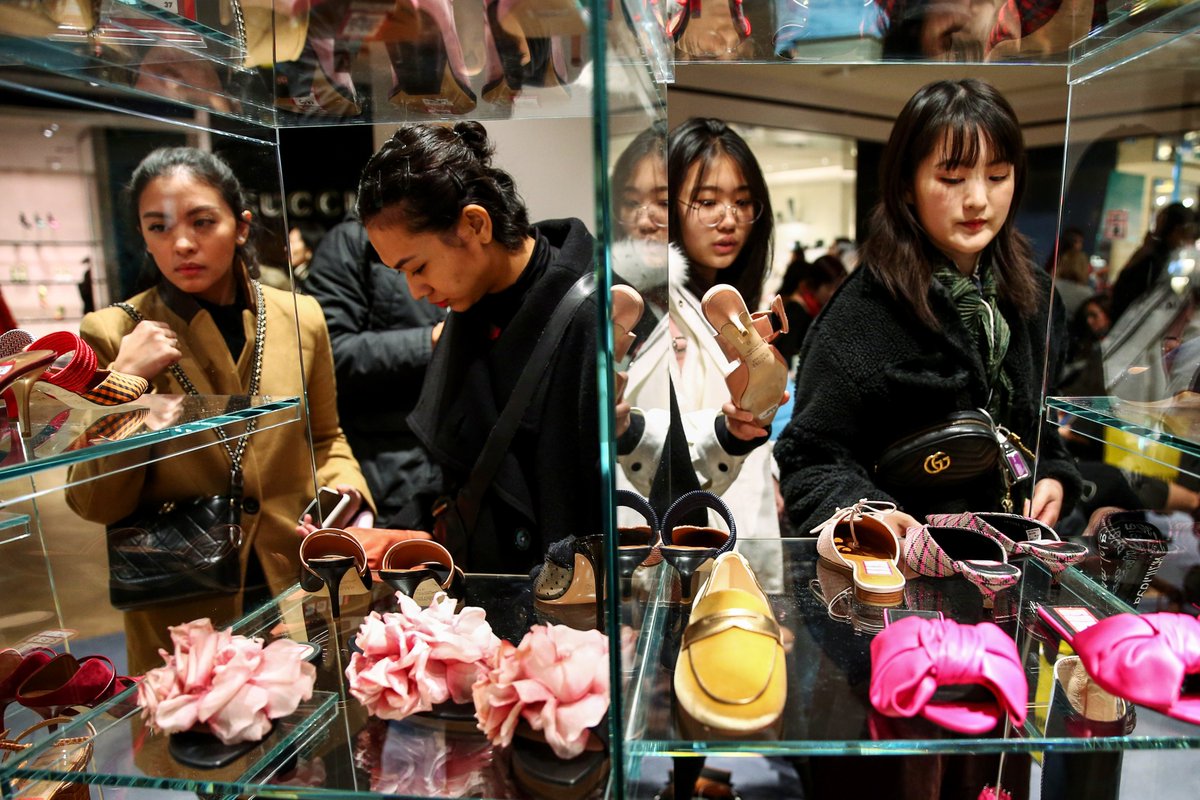
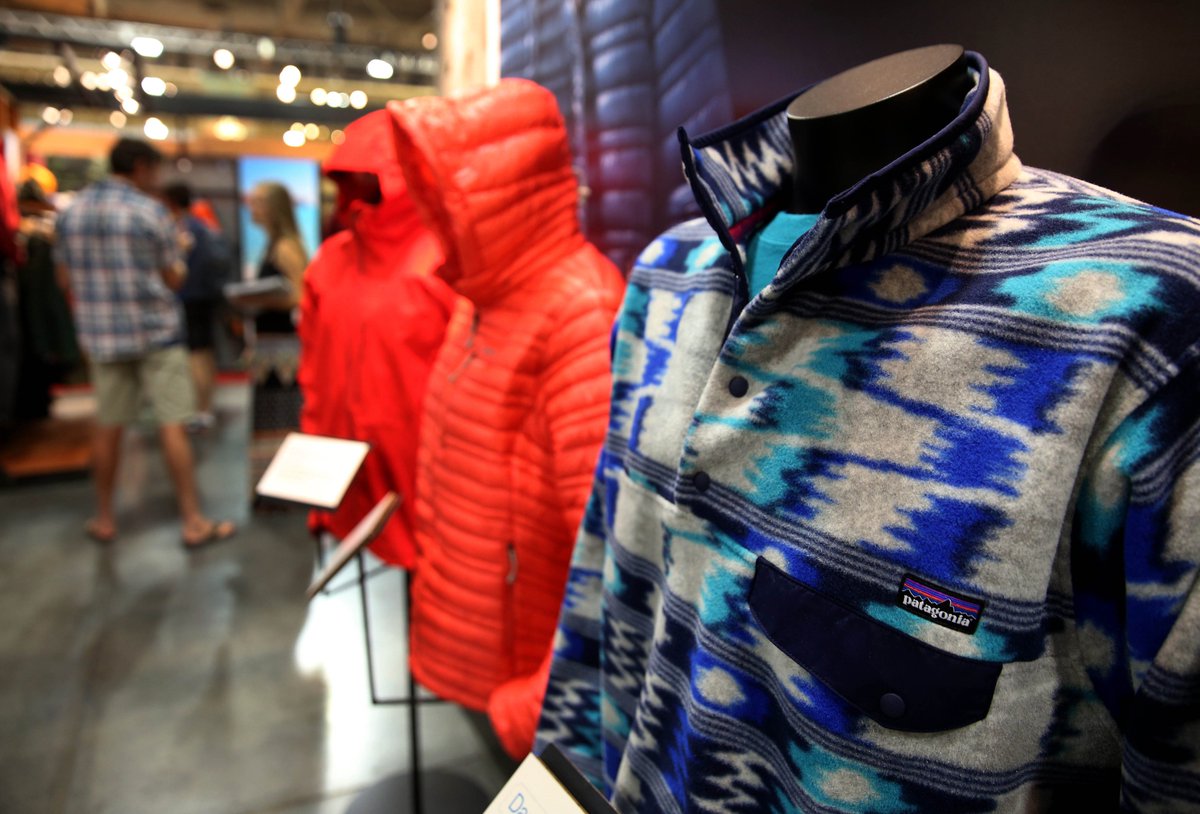 Patagoniahttps://abs.twimg.com/emoji/v2/... draggable="false" alt="👟" title="Sportschuh" aria-label="Emoji: Sportschuh">Adidashttps://abs.twimg.com/emoji/v2/... draggable="false" alt="👗" title="Kleid" aria-label="Emoji: Kleid">H&MRetailers could play an important role in amplifying that message https://trib.al/ChQA7jJ&q..." title="The good news is that leading brands have acknowledged that their synthetic garments are a major source of plastic microfiber pollution:https://abs.twimg.com/emoji/v2/... draggable="false" alt="🧥" title="Mantel" aria-label="Emoji: Mantel">Patagoniahttps://abs.twimg.com/emoji/v2/... draggable="false" alt="👟" title="Sportschuh" aria-label="Emoji: Sportschuh">Adidashttps://abs.twimg.com/emoji/v2/... draggable="false" alt="👗" title="Kleid" aria-label="Emoji: Kleid">H&MRetailers could play an important role in amplifying that message https://trib.al/ChQA7jJ&q..." class="img-responsive" style="max-width:100%;"/>
Patagoniahttps://abs.twimg.com/emoji/v2/... draggable="false" alt="👟" title="Sportschuh" aria-label="Emoji: Sportschuh">Adidashttps://abs.twimg.com/emoji/v2/... draggable="false" alt="👗" title="Kleid" aria-label="Emoji: Kleid">H&MRetailers could play an important role in amplifying that message https://trib.al/ChQA7jJ&q..." title="The good news is that leading brands have acknowledged that their synthetic garments are a major source of plastic microfiber pollution:https://abs.twimg.com/emoji/v2/... draggable="false" alt="🧥" title="Mantel" aria-label="Emoji: Mantel">Patagoniahttps://abs.twimg.com/emoji/v2/... draggable="false" alt="👟" title="Sportschuh" aria-label="Emoji: Sportschuh">Adidashttps://abs.twimg.com/emoji/v2/... draggable="false" alt="👗" title="Kleid" aria-label="Emoji: Kleid">H&MRetailers could play an important role in amplifying that message https://trib.al/ChQA7jJ&q..." class="img-responsive" style="max-width:100%;"/>
